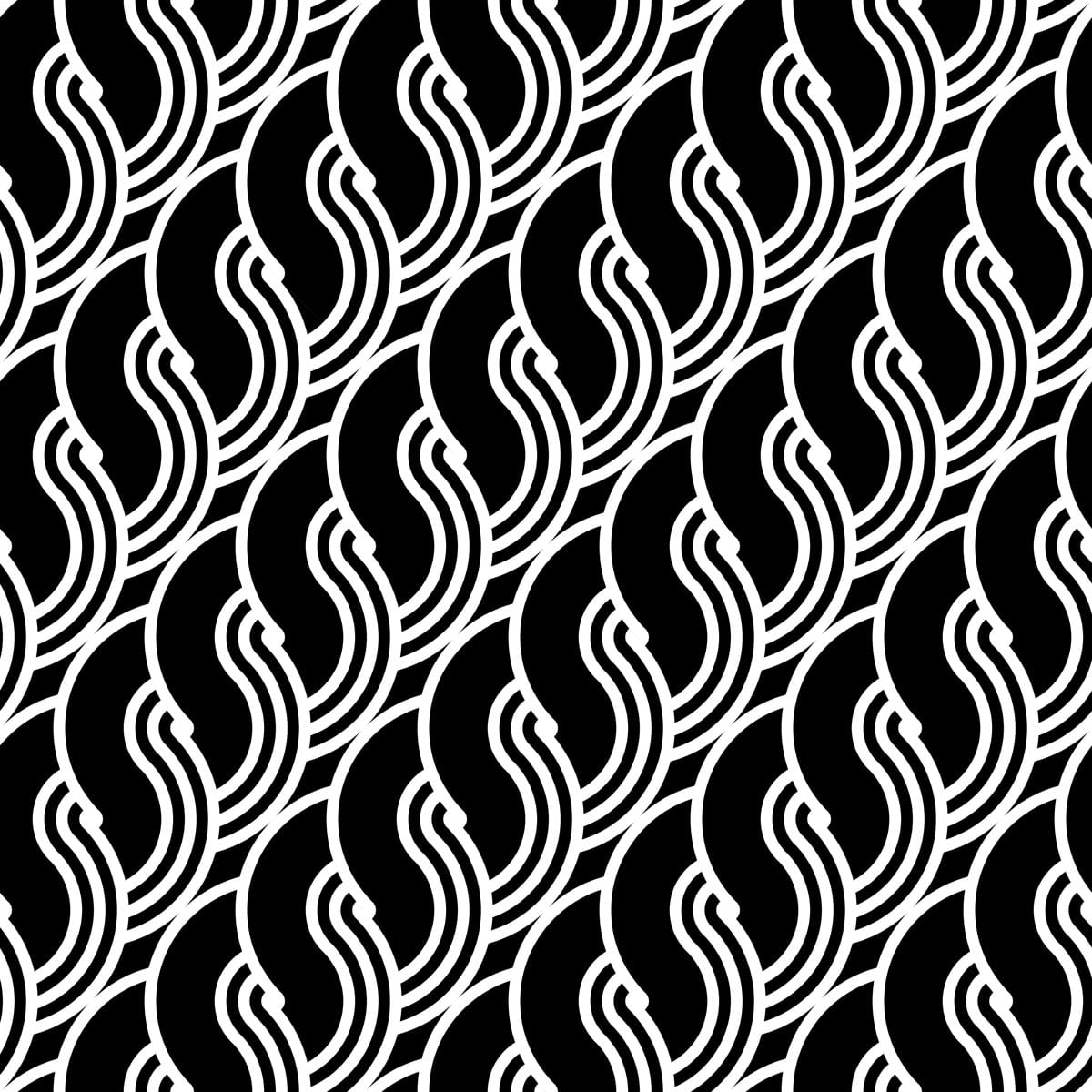By STEVE KRAUSE
I honestly don’t know how Wayne Kerrins did it. But he did. And he did it for 40 years, and always gladly.
Kerrins, who was a very good baseball and hockey player for Lynn English, was paralyzed in a swimming accident shortly after he graduated in 1970. I’m sure he had his periods of adjustment and frustrations, and Lord knows there were probably some very difficult periods in his life where it came close to becoming all too much for him.
I don’t know this, of course. You don’t talk about these things. But how could you go from being the athlete Kerrins was to being confined to a wheelchair without experiencing moments of despair? Can any of us say, without the first-hand experience, that we’d rise above that fate without shedding a few tears? And who knows what you think about in those dark moments.
All I know is that if Wayne Kerrins stared down that abyss, he conquered it. He did more than live. He thrived.
And there are surely people in this world who are glad he did. They would include kids who played for the Wyoma Little League, and who had him as a manager and coach. They would include Babe Ruth softball players, including the ones who went to the 2000 World Series with him as their manager.
They would include kids from all walks of youth sports who wore smart looking, Major League-replica uniforms, and whose league purchasing agents went through Kerrins, and North East Athletic Trophy Co., to buy them at favorable rates.
I perhaps wouldn’t have known Kerrins as well as I did were it not for the fact I coached his great-nephew, Scott Tobin, in Little League. I’d heard the name, however. If you were associated with Little League in the 1990s, you knew who Wayne Kerrins was.
I finally got to meet him through Scott’s mother, Donna, and uncle, Rick Tranfaglia. And a fast, lasting friendship developed.
We had one of those relationships where we could say almost anything to each other without it causing major repercussions. We served on the same Babe Ruth board of directors with the late John Holland, and I can tell you, the barbs that flew back and forth were lethal. And we loved it.
Later, when the Holland Softball Tournament was established, Kerrins and I were on the original board of directors. We had some great times at those tournaments — him doing the public address duties and me doing the official scoring and covering the games for The Item. They were great days and I enjoyed them thoroughly, as did he. They gave him purpose. And it was a privilege to be part of anything that helped give someone like Wayne Kerrins purpose.
But there comes a time when you simply become all volunteered out. One of the truisms about volunteer organizations is that sooner or later, new people come on board and the older ones step aside. That’s healthy, because we’re all merely stewards of these groups. We do not own them.
So eventually, we move on. Kerrins remained associated with Babe Ruth much longer than I did, but in the end, we both did exactly that. We moved on.
I didn’t see much of him once he left Babe Ruth. That’s certainly understandable. The simple act of getting from “Point A” to “Point B” had to be an enormous undertaking. But on the other hand, this was his life. I would imagine that he, more than most, waited anxiously for the calendar to say “April,” and anticipated the dawn of September with gloom. He liked other sports, but he was a baseball guy.
His limitations did not allow him to do the heavy lifting sometimes required of youth sports volunteers. But it didn’t matter. He loved being at the ballpark, and loved coaching kids, including his daughter, Heather Torres, who became a standout softball player for Classical.
His death Tuesday of cancer, at 65, leaves a huge void — not just for me, but for anyone who knew him, worked with him, argued with him, or laughed with him. He was really a remarkable man who dealt with the unwelcome adversity that intruded on his life in an extraordinary manner.

